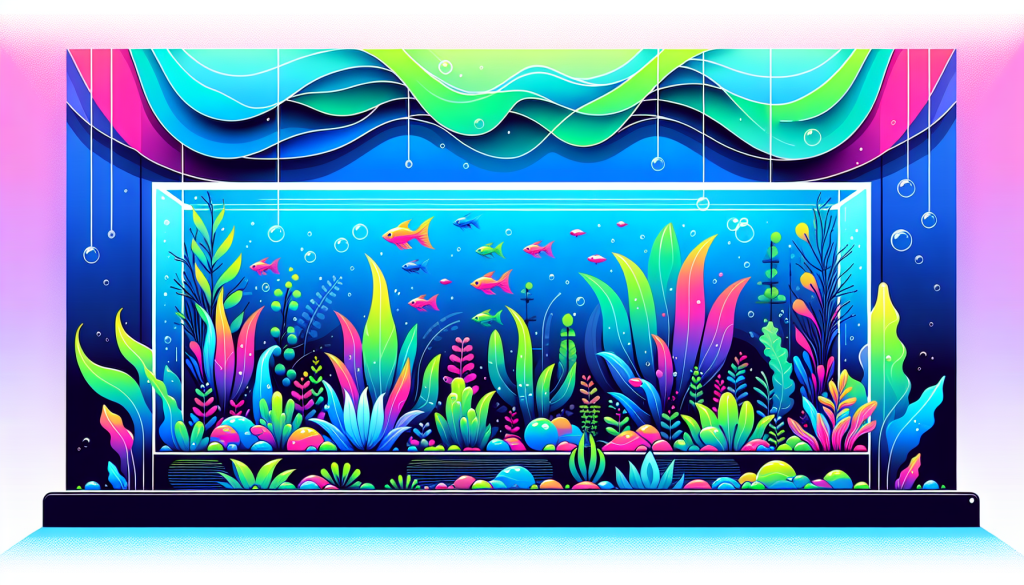Common Mistakes with Aquascape Rescape Timing and How to Avoid Them
Rescaping your aquarium can breathe new life into your aquascape, but poor timing and approach can lead to plant stress, algae issues, and even fish loss. In this guide, we’ll explore the most common mistakes aquarists make when timing their aquascape rescape — and share expert tips on how to avoid them.
Why Rescape Timing Matters in Aquascaping
Timing your aquascape rescape is crucial for maintaining a stable and thriving underwater environment. The correct timing helps prevent stress in aquarium plants and fish, manage nutrient levels, and maintain overall tank health. Ignoring timing can introduce instability and trigger a host of avoidable problems.
Common Mistakes with Aquascape Rescape Timing
1. Rescaping Too Frequently
If you redo your aquascape too often, you disrupt the aquarium’s biological balance. Plants and beneficial bacteria need time to establish, and frequent rescapes can unsettle this process, resulting in cycles of algae blooms and unhealthy livestock.
How to Avoid:
- Allow at least 3-6 months between major rescapes to let your tank mature.
- Observe the health of plants and fish before planning another layout change.
2. Ignoring the Life Cycle of Plants
Aquarium plants, particularly carpeting or stem varieties, need time to establish strong root systems. Rescaping during delicate growth phases or before maturity can lead to melting, slow growth, or failure to thrive.
How to Avoid:
- Monitor plant growth. Wait until carpets and stems are stable and lush before considering a rescape.
- Time trims and replanting for when plants show vibrant, healthy growth.
3. Overlooking Aquarium Livestock Health
Fish and shrimp are sensitive to sudden changes in their environment. Rescaping during times of stress—such as after a recent illness or introduction of new species—can worsen health problems or even cause fatalities.
How to Avoid:
- Schedule rescapes during periods of stable water parameters and observe livestock behavior closely.
- Move sensitive species to a temporary holding tank if performing major hardscape changes.
4. Neglecting Seasonal or Environmental Changes
Factors like room temperature fluctuations or seasonal changes can impact plant growth and aquarium stability. Rescaping during extreme heat, cold, or instability can delay recovery and adaptation.
How to Avoid:
- Plan rescapes for stable seasons, ideally in spring or early fall.
- Adjust lighting and CO2 systems prior to large-scale aquarium changes.
Best Practices for Successful Aquascape Rescapes
- Plan Ahead: Chart a rough design and gather all aquascaping supplies before you start.
- Monitor Water Parameters: Test ammonia, nitrites, and pH before and after rescape.
- Minimize Disturbance: Perform water changes and remove debris promptly after rescape activities.
- Transition Slowly: Make gradual changes if possible, especially in established aquascapes.
- Observe and Adjust: Monitor the tank in the weeks after a rescape and be ready to tweak fertilization or lighting as plants adjust.
For more advice on plant care and aquarium stability, check out our Beginner Aquascaping Guide.
FAQs About Rescape Timing
How often should I rescape my aquarium?
Ideally, limit major rescapes to twice a year to let the ecosystem mature and stabilize. Small adjustments can be done more frequently as needed.
Is it safe to rescape with livestock present?
Minor rescapes are usually safe, but for major overhauls, move delicate species to a separate holding tank. Always monitor stress levels.
What signs indicate I should not rescape?
Avoid rescape when fish are sick, water parameters are unstable, or after major livestock additions or removals.
Conclusion
Knowing when to rescape—and when to wait—makes all the difference in aquascaping success. By avoiding common mistakes with aquascape rescape timing, you’ll preserve your aquarium’s beauty, stability, and the wellbeing of your aquatic life.
Ready to take your aquascaping to the next level? Explore more aquascape ideas and expert tips at Aquascaping Academy. Share your experiences or ask a question in the comments below!



